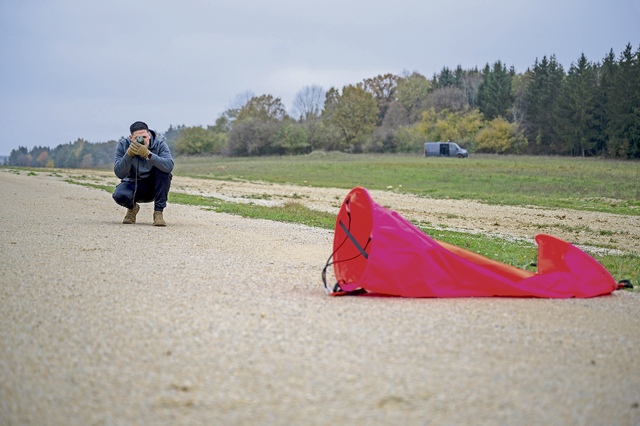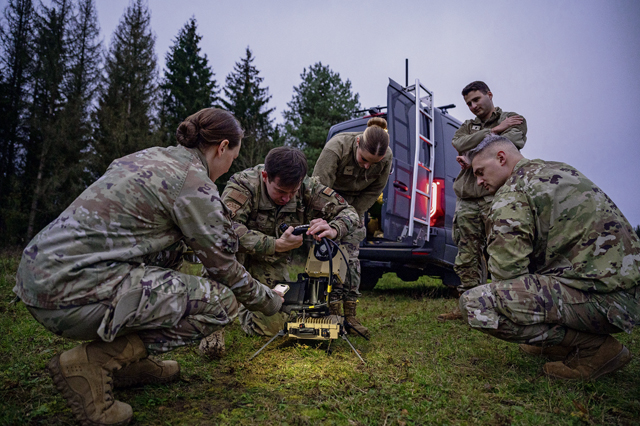
As the combined force shifts its focus to prepare for Great Power Competition, the importance of Agile Combat Employment is increasingly prevalent.
The 1st Combat Communications Squadron plays a key role in this changing dynamic by providing expeditionary communications, command and control, radar airfield weather systems and austere landing and drop zone capabilities across the European and African command.
“We can support everything from two users all the way up to 200 with comm equipment and capabilities,” said U.S. Air Force Maj. Sean Miller, 1st CBCS director of operations. “We have a full complement of comm equipment ranging from small van packable equipment to large stacks capable of replacing an entire base’s communication capabilities if needed.”
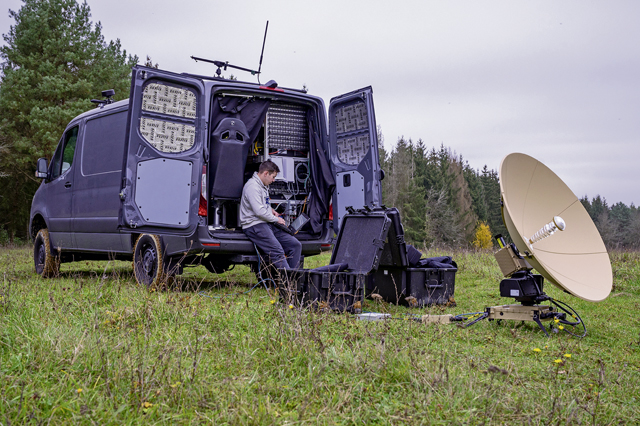
The newest capability of the 1st CBCS is the prototype Mobile Digital Infrastructure vehicle, a mobile small form factor communications package.
“A lot of what’s in the MDI is the equipment that we use day in and day out when in smaller, more austere locations,” Miller said.
The flexibility and mobility offered by having the essential communications equipment in the MDI is proving to have a big effect on the capabilities of our personnel to stay informed in the rapidly changing nature of the modern battlefield.
“The primary purpose of the MDI van is the ability to extend C2 (command and control) capabilities,” said U.S. Air Force Senior Airman Tyler Tucci, 1st CBCS tactical communications technician. “With the van we are able to extend the forward operating center down range.”
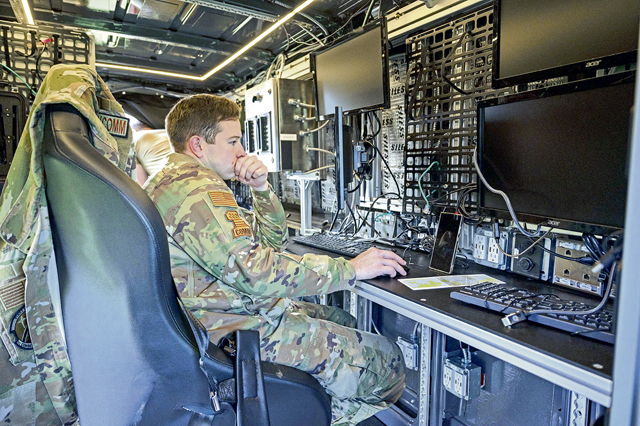
C2 allows our personnel to have real-time battlespace information and plays a crucial role in contingency operations. Its capabilities include surveillance operations, radar control, air weapons monitoring, airlift planning and data management.
Tuchi described how the MDI acts as a relay node, providing the capability to communicate with aircraft utilizing Link-16, a tactical datalink communication system used to transmit and exchange real-time situational awareness data, as well as take in data from controllers and tactical air control party and send all of that information back to the air operations center. This consolidates the delivery of real-time data, allowing leaders and mission planners to have the full picture of the battle space, enabling more precise and informed decisions.
Another critical capability that the MDI provides is mobility. Being able to remain agile not only increases the flexibility of operations, but also ensures the safety of our Airmen.
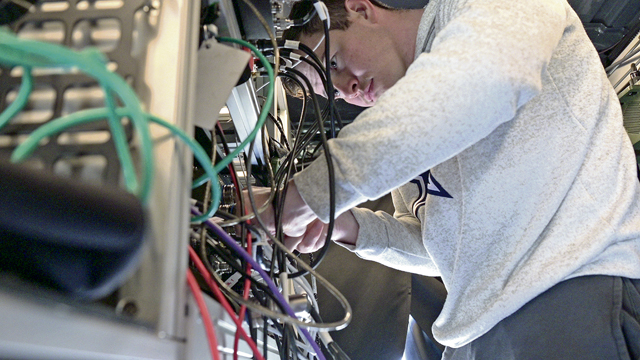
“The mobility factor is huge,” Miller said. “In our theater we have a lot of moving pieces and aircraft are constantly moving around. That paired with the constant threat of anti-access aerial denial, we need to be able to move around where our assets go.”
As the 1st CBCS continues to develop the MDI, they will remain at the forefront of C2 capabilities, reinforcing our commitment to maintaining strategic advantages in Great Power Competition.
